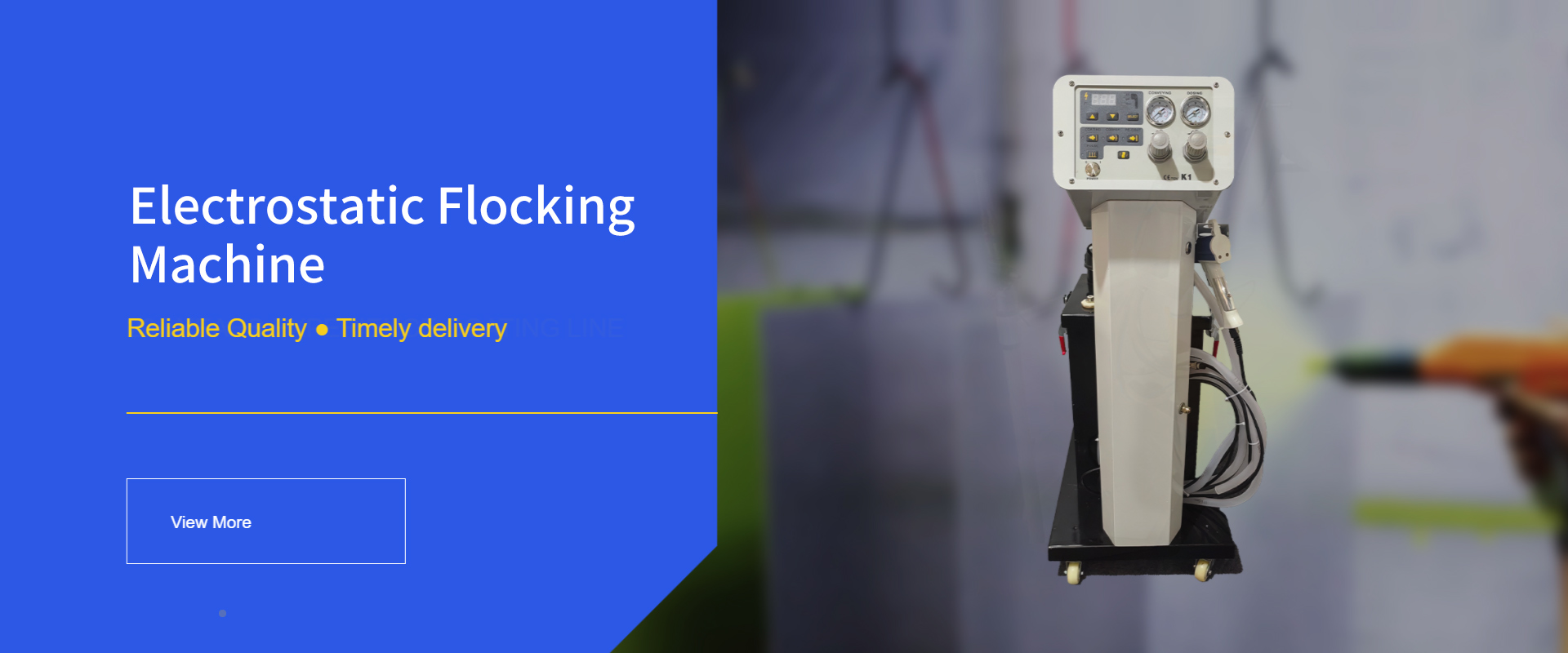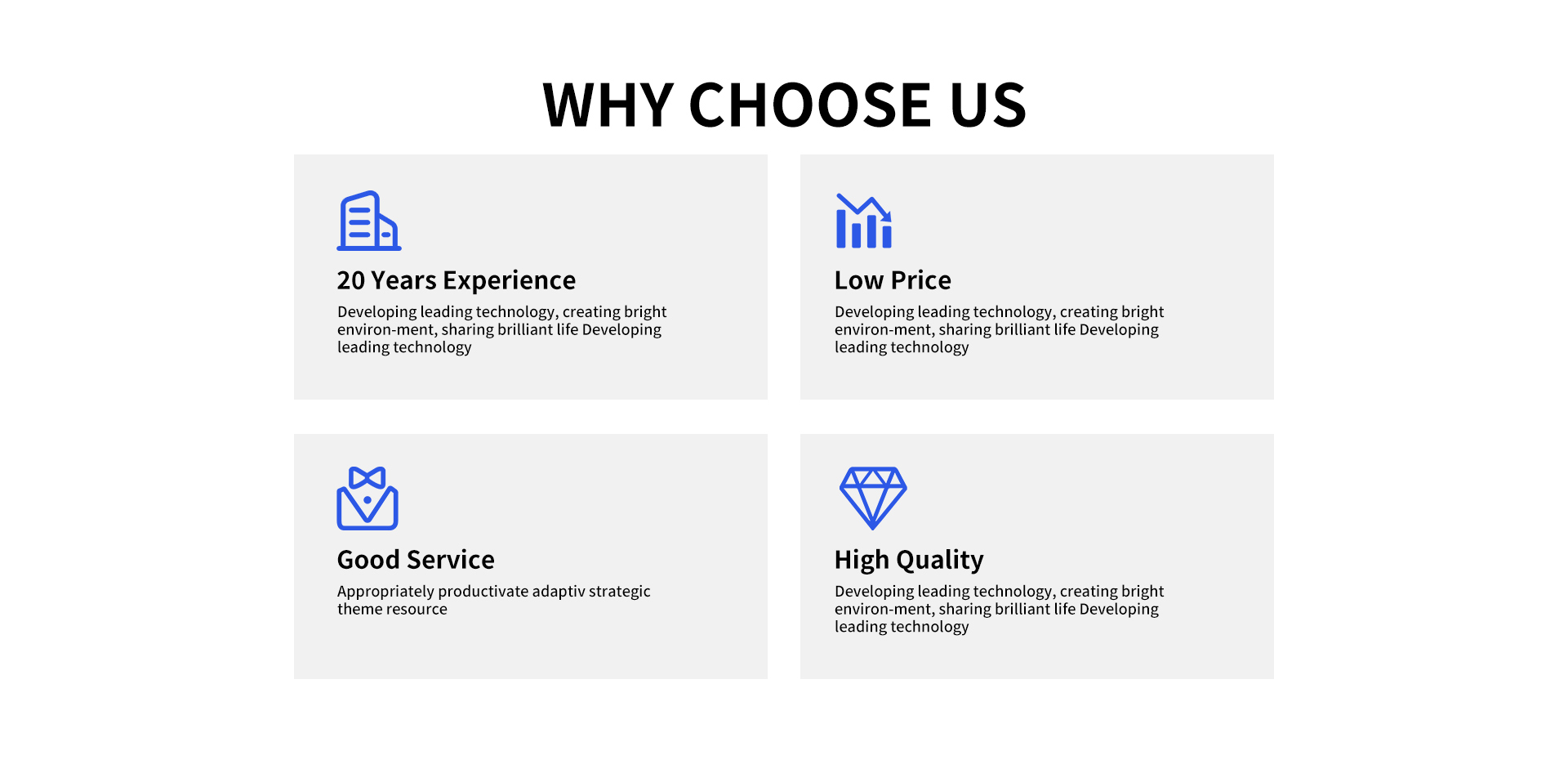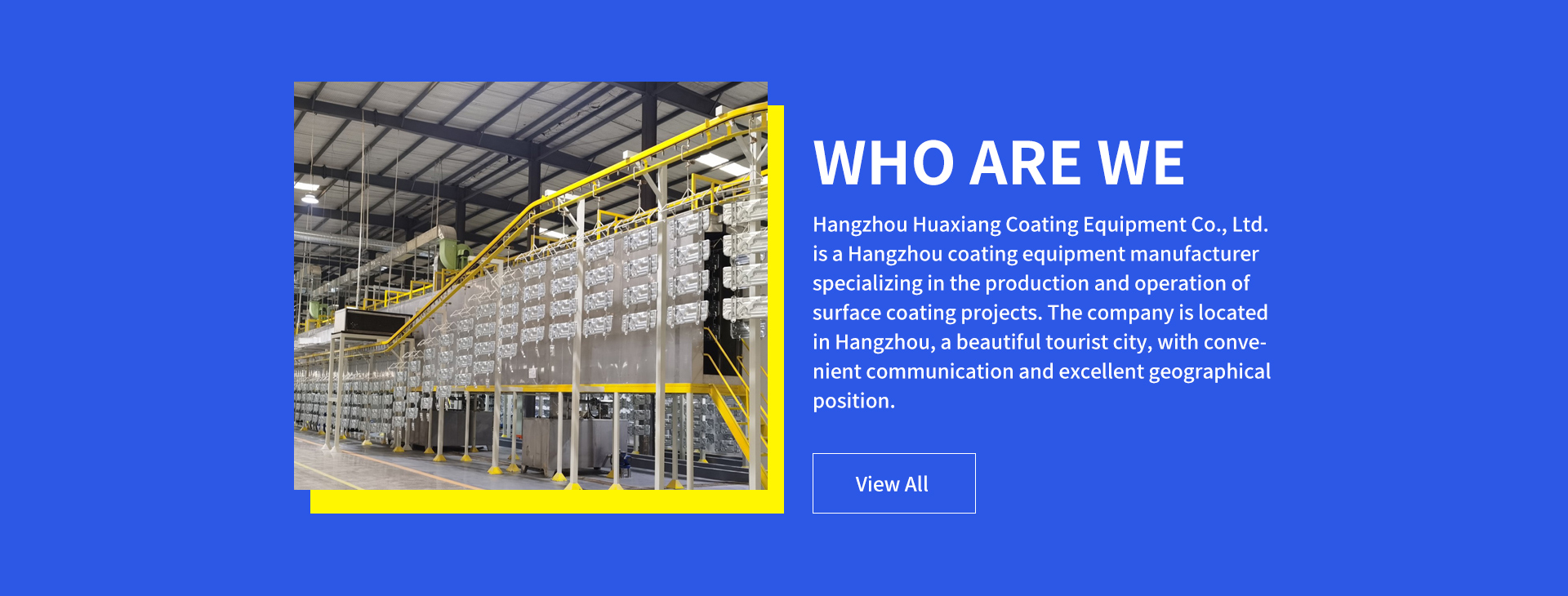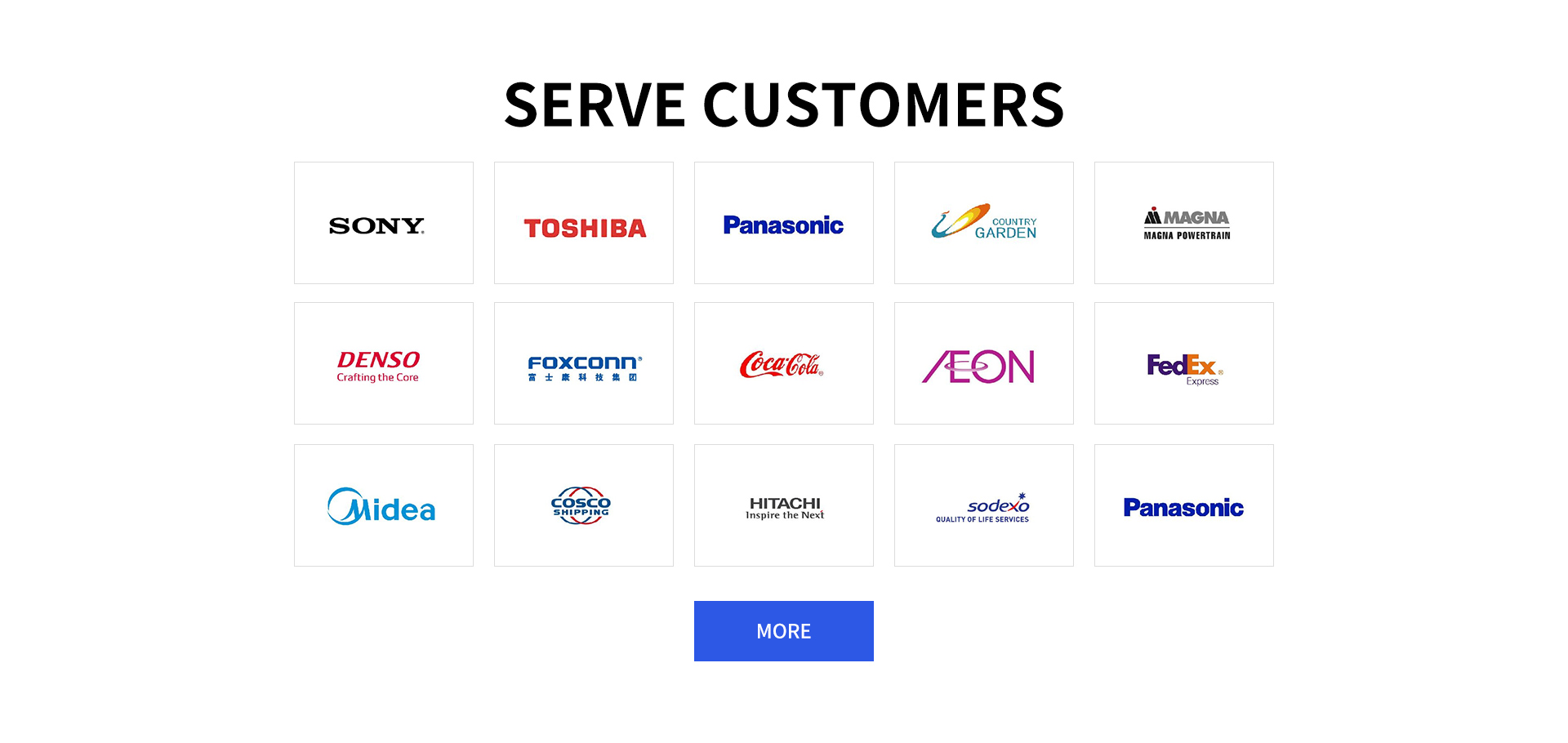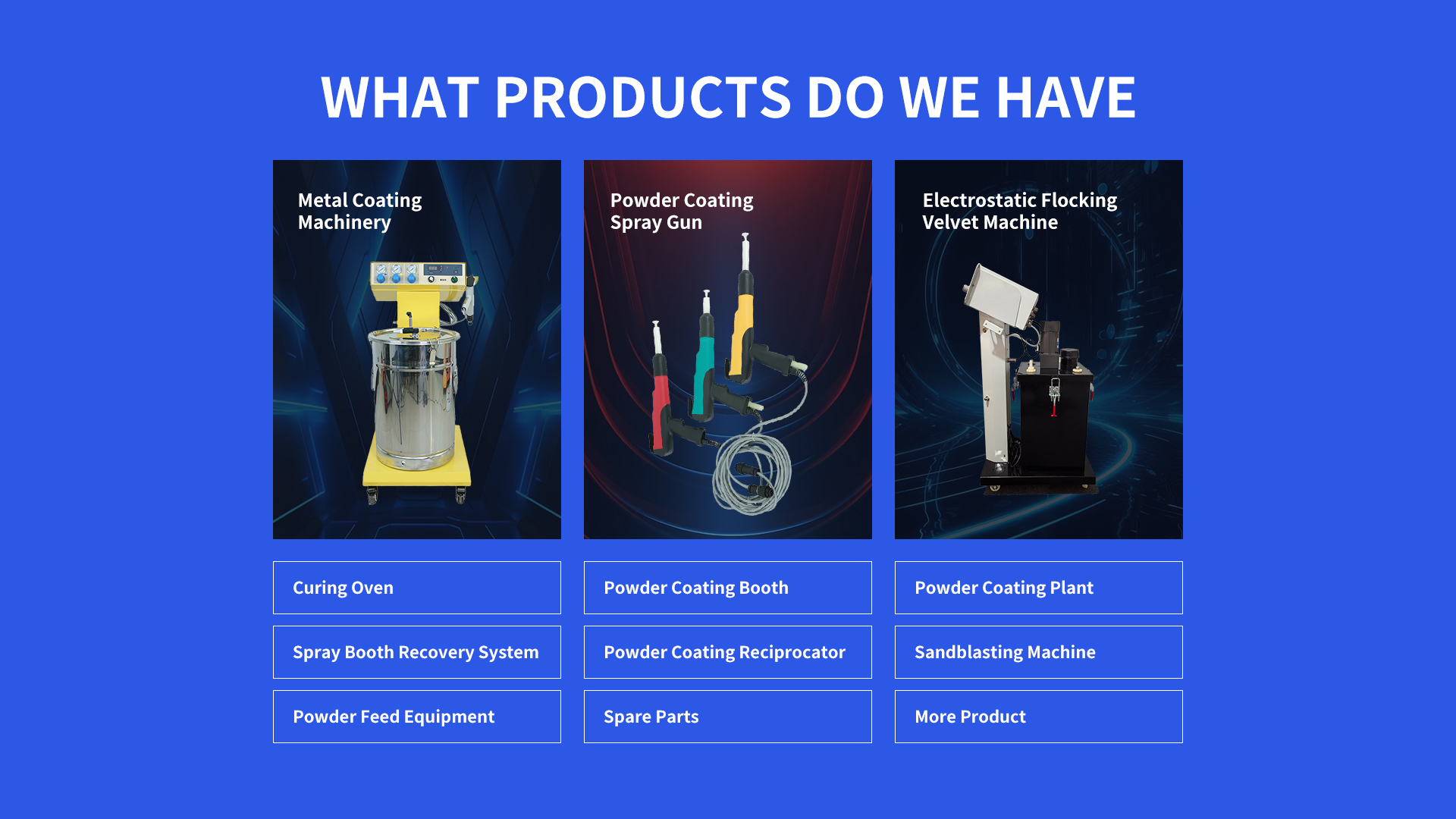Powder Coater Machine: A Consumer's Essential Guide
The market for Powder Coater Machines is fueled by demand from small businesses, workshops, and DIY enthusiasts. These machines serve various sectors needing efficient powder coating solutions. Prices range from (1,000 for basic manual models to )15,000 for semi-automatic systems, depending on size, features, and production capacity.
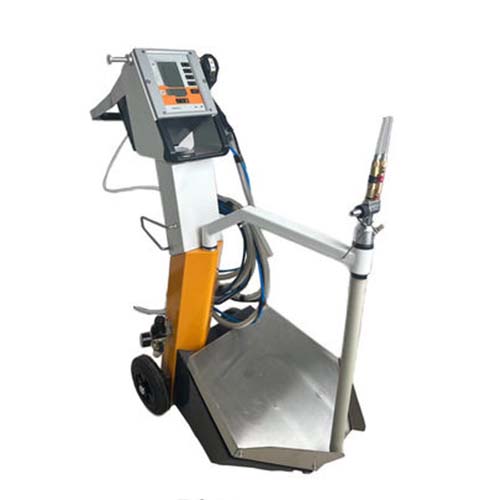
Powder Coater Machine Application in Painting Projects
Powder Coater Machines are used in diverse painting projects. Small metal fabrication shops rely on them to coat hardware, brackets, and custom metal parts. Auto repair garages use these machines to refinish car parts like rims, bumpers, and engine covers. Furniture makers apply them to metal chairs, tables, and frames, achieving durable and attractive finishes. DIY users find them ideal for coating tools, bike frames, and outdoor fixtures, adding a professional touch to personal projects.
Powder Coater Machine Surface Treatment Process Technology
Powder Coater Machines employ effective surface treatment processes. First, the surface to be coated is prepared by cleaning with solvents or sanding to remove dirt, rust, and oil. The machine then uses an electrostatic charge to apply the powder coating material. The charged powder particles adhere to the grounded surface, ensuring even coverage. After application, the coated item is cured in an oven at temperatures between 160-200°C, which melts the powder into a smooth, hard coating. Some machines integrate adjustable spray patterns and powder flow controls to adapt to different surface shapes and sizes.
Powder Coater Machine: What Is It?
A
Powder Coater Machine is a device designed to apply powder coatings to various surfaces. It uses electrostatic principles to distribute dry powder evenly, which is then cured with heat to form a protective and decorative layer. These machines come in manual, semi-automatic, and portable variants. Manual models require hand-held spray guns, while semi-automatic ones may include conveyors or rotating turntables for easier handling. They work with metals, certain plastics, and composites, offering a versatile alternative to traditional liquid painting.
Powder Coater Machine Components
Powder Supply System: This includes a hopper that holds the powder coating material and a feeder that delivers it to the spray gun. The feeder uses air pressure or gravity to ensure a consistent flow of powder, preventing clogs and ensuring uniform application. Some systems have adjustable flow rates to match different coating needs.
Spray Gun: The spray gun is the tool used to apply the powder. It generates an electrostatic charge that attracts the powder to the surface. It features a nozzle that controls the spray pattern, which can be adjusted from a narrow stream for detailed work to a wide fan for larger areas. The gun is connected to the powder supply system via a flexible hose for easy maneuverability.
Control Unit: This component regulates the electrostatic charge, powder flow, and other settings. It may include dials or digital displays to adjust parameters like voltage (typically 50-100 kV) and air pressure. The control unit ensures the machine operates efficiently and allows users to customize settings for different powder types and surface materials.
Powder Coater Machine Advantages
Superior Finish Quality: Powder Coater Machines produce smooth, even coatings with no brush marks or drips, unlike liquid paints. The electrostatic application ensures consistent coverage, even on complex shapes and edges, resulting in a professional-looking finish.
Durability: Coatings applied by these machines are highly resistant to chipping, scratching, and corrosion. They can withstand harsh environmental conditions, making them suitable for both indoor and outdoor applications, extending the lifespan of coated items.
Cost-Effective: Powder coatings have high material utilization, as overspray can be collected and reused, reducing waste. This lowers material costs compared to liquid paints, which often have significant overspray loss. Additionally, the long-lasting finish reduces the need for frequent re-coating.
Environmental Friendliness: Powder coatings contain no solvents, so they emit fewer volatile organic compounds (VOCs) than liquid paints. This makes Powder Coater Machines a more eco-friendly option, complying with stricter environmental regulations and reducing health risks for users.
Powder Coater Machine FAQ
How to Choose the Right Powder Coater Machine for Small Business Use?
Consider your production volume—small businesses with low to medium output may opt for a semi-automatic machine with a turntable or conveyor. Look for a machine with adjustable spray patterns to handle various part sizes. Check compatibility with different powder types (epoxy, polyester, etc.) to meet diverse customer needs. Evaluate the curing oven size to ensure it can accommodate your largest parts. Read reviews about reliability and after-sales support, and set a budget between (3,000-)8,000 for a quality mid-range model.
How to Use a Powder Coater Machine for Coating Metal Furniture?
Start by preparing the metal furniture: clean it with a degreaser to remove oil and dirt, then sand any rusted areas. Set up the machine by filling the powder hopper with a suitable powder (e.g., polyester for outdoor furniture). Adjust the spray gun settings to a medium voltage (60-80 kV) and a wide spray pattern. Hold the gun 6-8 inches from the furniture, moving it in smooth, overlapping strokes to apply an even coat. Cure the furniture in an oven at 180°C for 20-30 minutes, then let it cool completely before handling.
How to Ensure Safety When Operating a Powder Coater Machine?
Wear appropriate personal protective equipment, including a respirator to avoid inhaling powder particles, safety glasses to protect eyes, and gloves to prevent skin contact. Ensure the workspace is well-ventilated to disperse any powder dust. Keep the machine properly grounded to prevent electrostatic shocks. Never spray near open flames, as powder is flammable. Follow the manufacturer’s instructions for cleaning and maintenance, and disconnect the power supply when not in use or when performing repairs.
How to Maintain a Powder Coater Machine for Long-Term Use?
Clean the spray gun and powder supply system after each use to remove leftover powder and prevent clogs. Use compressed air to blow out the hopper and feeder, and wipe the gun nozzle with a soft cloth. Inspect hoses and connections regularly for wear or leaks, replacing them as needed. Lubricate moving parts of the feeder or conveyor (if applicable) according to the manufacturer’s recommendations. Calibrate the control unit periodically to ensure accurate voltage and powder flow settings, which helps maintain coating quality.
How to Troubleshoot Common Issues with a Powder Coater Machine?
If the powder isn’t adhering properly, check the grounding of the surface—poor grounding causes uneven adhesion. Ensure the electrostatic charge is set correctly; low voltage may result in insufficient attraction. For uneven coating, inspect the powder flow rate—clogs in the feeder or hose can cause inconsistent application. Clean the system thoroughly and adjust the flow settings. If the cured coating is rough, check the oven temperature—too low a temperature may prevent the powder from melting properly. Verify the curing time and temperature match the powder manufacturer’s specifications.
Statement: Hangzhou Huaxiang Coating Equipment Co., Ltd Chinese Powder Coating Equipment facturers provide you with customized equipment for various types of Powder Coating Lines, Powder Coating Ovens, Powder Coating Booths,Powder Coating Guns, etc. For inquiries! Contact us at
Email: gezx@cncolourspray.com
WhatsApp: +86 13335812068

